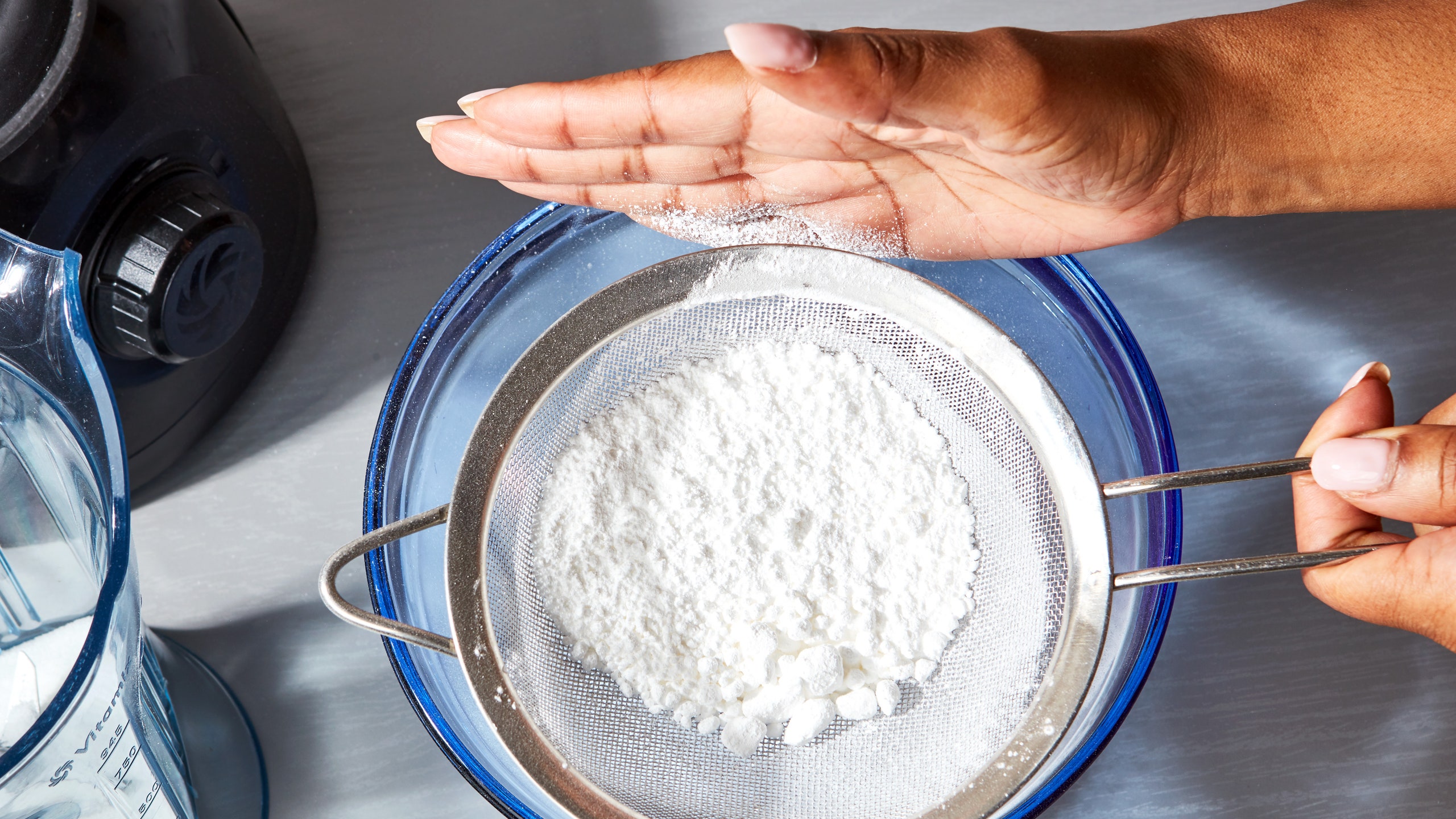

Articles
How To Make Powdered Sugar Without Blender
Modified: February 28, 2024
Learn how to make powdered sugar without a blender in this informative article. Find easy step-by-step instructions and helpful tips to achieve perfect results.
(Many of the links in this article redirect to a specific reviewed product. Your purchase of these products through affiliate links helps to generate commission for Storables.com, at no extra cost. Learn more)
Introduction
When it comes to baking and making delicious desserts, powdered sugar is a commonly used ingredient. Its fine, powdered texture is ideal for creating smooth frostings, glazes, and sweetening a variety of treats. However, what if you find yourself without a blender to make powdered sugar? Fear not! In this article, we will explore different methods to make powdered sugar without a blender.
Using a blender may be the traditional way to achieve that powdery consistency, but it is not the only way. Whether your blender is broken, you don’t own one, or you simply prefer a blender-less approach, there are alternative methods that require simple kitchen tools you may already have on hand.
In the following sections, we will walk you through four different methods to make powdered sugar without a blender, each suited to a variety of kitchen setups and preferences. So, let’s dive in and discover how to make that perfect powdered sugar!
Key Takeaways:
- Discover alternative methods to make powdered sugar without a blender, from using a pestle and mortar to a coffee grinder, and even a hand whisk. Enjoy the hands-on process and achieve the perfect texture for your baking needs.
- Embrace the freedom and creativity of making powdered sugar without a blender. Whether it’s due to a broken blender, a preference for manual techniques, or the desire for complete control, these methods offer a rewarding and satisfying experience.
Read more: How To Mix Protein Powder Without Blender
Why Make Powdered Sugar Without a Blender
You might be wondering why you would want to make powdered sugar without a blender when a blender is the most convenient tool for the job. Well, there are a few reasons why you may need to explore alternative methods:
- No Blender Available: The most obvious reason is that you don’t have a blender at your disposal. Not everyone has a blender in their kitchen, and borrowing one might not always be an option. In such cases, knowing how to make powdered sugar without a blender will come in handy.
- Blender Malfunction: Even if you normally have a blender, it can sometimes break or malfunction. It could be frustrating to have a baking project lined up only to discover that your blender is out of commission. By knowing alternative methods, you can continue your culinary endeavors without letting a broken blender get in the way.
- Preference for Manual Techniques: Some people prefer the process of making powdered sugar by hand. They find it satisfying to engage in the physical act of transforming granulated sugar into a fine powder using simple tools. If you enjoy a hands-on approach in the kitchen, learning how to make powdered sugar without a blender can be a fun and rewarding experience.
- Desire for Control: Making your own powdered sugar allows you to have complete control over the process. You can adjust the fineness of the sugar to suit your specific needs. Perhaps you prefer a slightly coarser texture for a specific recipe, or maybe you need an ultra-fine powder for a delicate frosting. By making powdered sugar without a blender, you can tailor it precisely to your desired consistency.
With these reasons in mind, it’s clear that knowing alternative methods to make powdered sugar without a blender can be highly beneficial. So, let’s explore some of these methods in detail in the following sections.
Method 1: Using a Pestle and Mortar
One of the oldest and most effective ways to make powdered sugar without a blender is by using a pestle and mortar. This method allows you to manually grind granulated sugar into a fine powder, utilizing the force of your own hand. Here’s how you can do it:
- Start by selecting a sturdy and well-sized pestle and mortar. A mortar with a wide base and deep bowl will make the grinding process easier.
- Pour the desired amount of granulated sugar into the mortar. It’s best to work with small batches to ensure uniform grinding.
- Gently press the pestle onto the sugar and begin to apply steady pressure, grinding the sugar against the walls of the mortar in a circular motion. This will help break down the sugar crystals.
- Continue grinding for a few minutes until the granulated sugar transforms into a fine, powdery consistency. Be patient and persistent in your grinding to achieve the desired result.
- Once the sugar reaches the desired consistency, transfer it to a separate container or use it immediately in your recipe.
It’s essential to note that the success of this method depends on the quality and sharpness of your pestle and mortar. The finer the grinding surface, the easier and quicker it will be to achieve a powdered sugar texture.
This method may require some physical effort, but the end result will be worth it. Making powdered sugar using a pestle and mortar allows you to have complete control over the process, creating a customized texture that suits your specific needs.
Now that you know how to make powdered sugar without a blender using a pestle and mortar, let’s move on to the next method: Using a coffee grinder.
Method 2: Using a Coffee Grinder
If you have a coffee grinder at home, it can be a handy tool for making powdered sugar. Coffee grinders are designed to grind coffee beans into a fine powder, and they can work just as effectively for turning granulated sugar into powdered sugar. Here’s how you can use a coffee grinder:
- Ensure that your coffee grinder is clean and free of any coffee residue.
- Measure the desired amount of granulated sugar and transfer it to the coffee grinder.
- Secure the lid of the coffee grinder tightly.
- Hold the coffee grinder with both hands and press the power button to start grinding the sugar.
- Grind the sugar for a few seconds, then stop and check the consistency. Repeat this process until you achieve the desired texture of powdered sugar.
- Once you have the powdered sugar, remove it from the coffee grinder and transfer it to a separate container.
It’s important to remember that coffee grinders are designed for grinding coffee beans, so they may not produce as fine a powder as a blender or a dedicated spice grinder. However, with a few extra rounds of grinding, you can still achieve a satisfactory powdered sugar texture.
After using a coffee grinder for making powdered sugar, it’s recommended to clean it thoroughly to remove any sugar residue. This will prevent any flavor transfer the next time you use the grinder for grinding coffee beans.
Now that you know how to make powdered sugar without a blender using a coffee grinder, let’s explore another method: Using a food processor.
You can make powdered sugar without a blender by using a coffee grinder or food processor. Simply add granulated sugar and pulse until it reaches a fine, powdery consistency.
Method 3: Using a Food Processor
If you have a food processor in your kitchen, making powdered sugar becomes even easier. Food processors are versatile appliances that can handle a variety of tasks, including grinding and pulverizing ingredients. Here’s how you can use a food processor to make powdered sugar:
- Ensure that your food processor is clean and dry.
- Measure the desired amount of granulated sugar and add it to the food processor.
- Secure the lid of the food processor tightly.
- Turn on the food processor and let it run for a few seconds. Check the sugar’s consistency and continue processing if needed.
- Keep processing the sugar until it reaches the desired texture of powdered sugar.
- Once you’ve obtained the powdered sugar, turn off the food processor and transfer it to a separate container.
Food processors are designed to handle larger quantities of food, which means you can make a larger batch of powdered sugar using this method. However, keep in mind that the final texture may not be as fine as what a blender can achieve. If you prefer a finer powder, you can sift the sugar after processing to remove any larger granules.
After using the food processor for making powdered sugar, it’s important to clean it thoroughly. Sugar can leave residue on the blades and the container, which may affect the flavors of future recipes.
Now that you know how to make powdered sugar without a blender using a food processor, let’s move on to our final method: Using a hand whisk or fork.
Read more: How To Store Powdered Sugar
Method 4: Using a Hand Whisk or Fork
If you don’t have any specialized equipment like a blender, pestle and mortar, or a coffee grinder, you can still make powdered sugar using a simple hand whisk or fork. While this method may require a bit more effort and time, it can be an effective way to achieve a powdered sugar consistency. Here’s how you can do it:
- Measure the desired amount of granulated sugar and transfer it to a mixing bowl.
- Using a hand whisk or fork, start breaking down the sugar crystals by vigorously whisking or stirring it in a circular motion.
- Continue whisking or stirring until the granulated sugar turns into a fine powder. This process may take a few minutes, depending on the amount of sugar and the intensity of your whisking.
- Once the sugar reaches the desired powdered consistency, transfer it to a separate container for use in your recipe.
Keep in mind that this method requires more manual effort and patience compared to using specialized equipment. It’s important to whisk or stir consistently to ensure that all the sugar granules are broken down evenly. If you prefer a finer powder, you can also sift the sugar after whisking to remove any remaining larger granules.
This method is ideal for small batches of powdered sugar and when you only need a small amount for a specific recipe. It can also be a great option when you want a more hands-on approach to your baking process.
Now that you know how to make powdered sugar without a blender using a hand whisk or fork, you have a range of options to choose from depending on the tools available in your kitchen.
Tips and Tricks for Making Powdered Sugar Without a Blender
While making powdered sugar without a blender is possible using various methods, it’s helpful to keep a few tips and tricks in mind to achieve the best results. Here are some handy tips to consider:
- Use fine-grained sugar: Using regular granulated sugar can make the process more challenging and time-consuming. If possible, opt for a finer-grained sugar like caster sugar or superfine sugar.
- Work in small batches: To ensure even grinding and a consistent texture, it’s best to work with smaller quantities of sugar. This allows for more control and reduces the risk of uneven results.
- Choose the right tools: Selecting the appropriate tools for the method you’re using is crucial. Ensure that your pestle and mortar, coffee grinder, food processor, hand whisk, or fork are clean, dry, and in proper working condition for the best outcome.
- Be patient and persistent: Achieving a powdered sugar texture without a blender takes time and effort. Be patient, and don’t rush the process. Continue grinding, processing, whisking, or stirring until you reach the desired consistency.
- Sift if needed: If you prefer an extra-fine powdered sugar or notice any larger granules remaining after processing, you can sift the sugar through a fine-mesh sieve to remove any lumps or inconsistencies.
- Store properly: After making powdered sugar, store it in an airtight container to maintain its texture and prevent moisture absorption. This will keep it fresh and ready for future baking endeavors.
Using these tips and tricks will help you achieve the best results when making powdered sugar without a blender. Remember to adapt the methods based on the tools available to you and your personal preferences.
Now that you’re equipped with the knowledge of different methods and helpful tips, you can confidently make powdered sugar without a blender for all your baking needs.
Conclusion
Learning how to make powdered sugar without a blender opens up a world of possibilities in the kitchen. Whether you don’t have a blender on hand, it’s broken, or you simply prefer a more hands-on approach, the methods we discussed allow you to achieve that fine, powdery texture without relying on a blender.
From using a pestle and mortar for a traditional and manual approach, to utilizing a coffee grinder, food processor, or a simple hand whisk or fork, there are alternative methods for every kitchen setup and personal preference.
Remember to keep in mind some helpful tips, like working in small batches, using fine-grained sugar, and being patient and persistent. These tips will ensure that you achieve the best results and a consistent powdered sugar texture.
Now that you have a range of techniques at your disposal, feel empowered to tackle your baking projects without a blender. Enjoy the process of transforming granulated sugar into silky-smooth powdered sugar, and let your creativity shine in frostings, glazes, and sweet treats.
So, the next time you find yourself without a blender, don’t fret. With the methods and tips outlined in this article, you can confidently make powdered sugar and continue creating delicious, mouthwatering desserts.
Frequently Asked Questions about How To Make Powdered Sugar Without Blender
Was this page helpful?
At Storables.com, we guarantee accurate and reliable information. Our content, validated by Expert Board Contributors, is crafted following stringent Editorial Policies. We're committed to providing you with well-researched, expert-backed insights for all your informational needs.
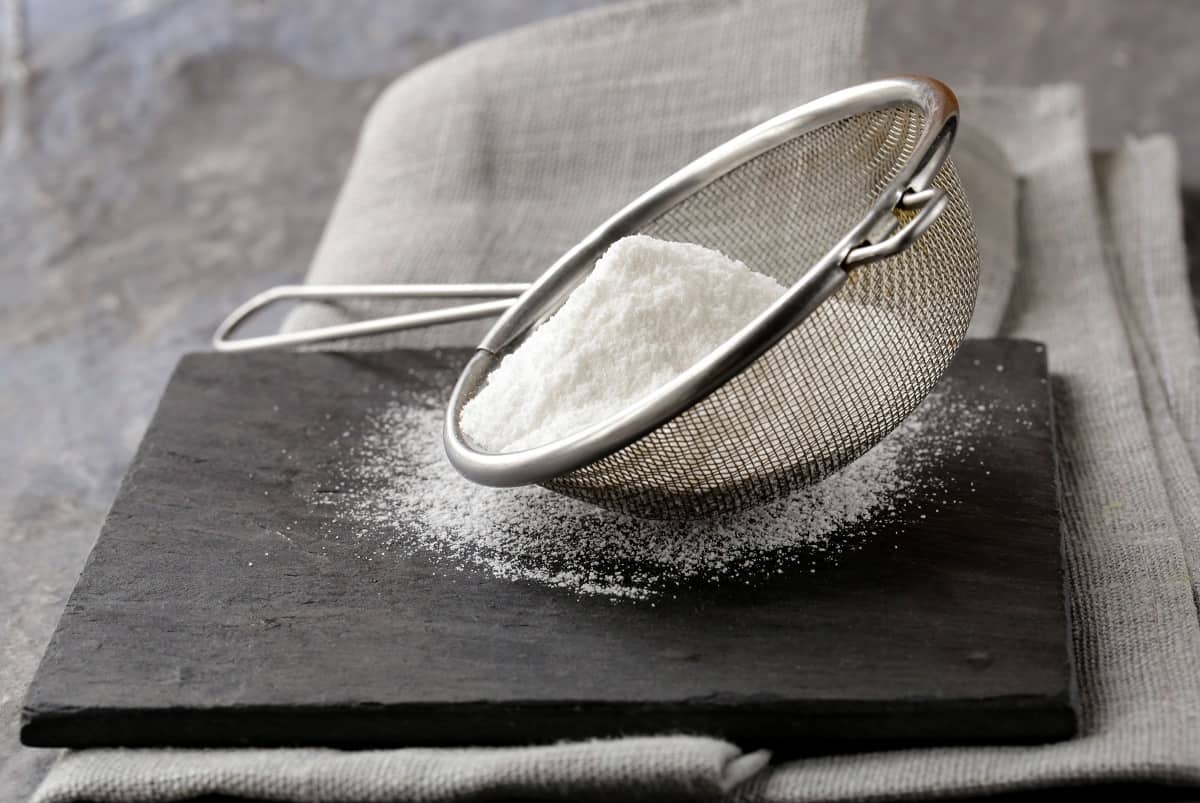
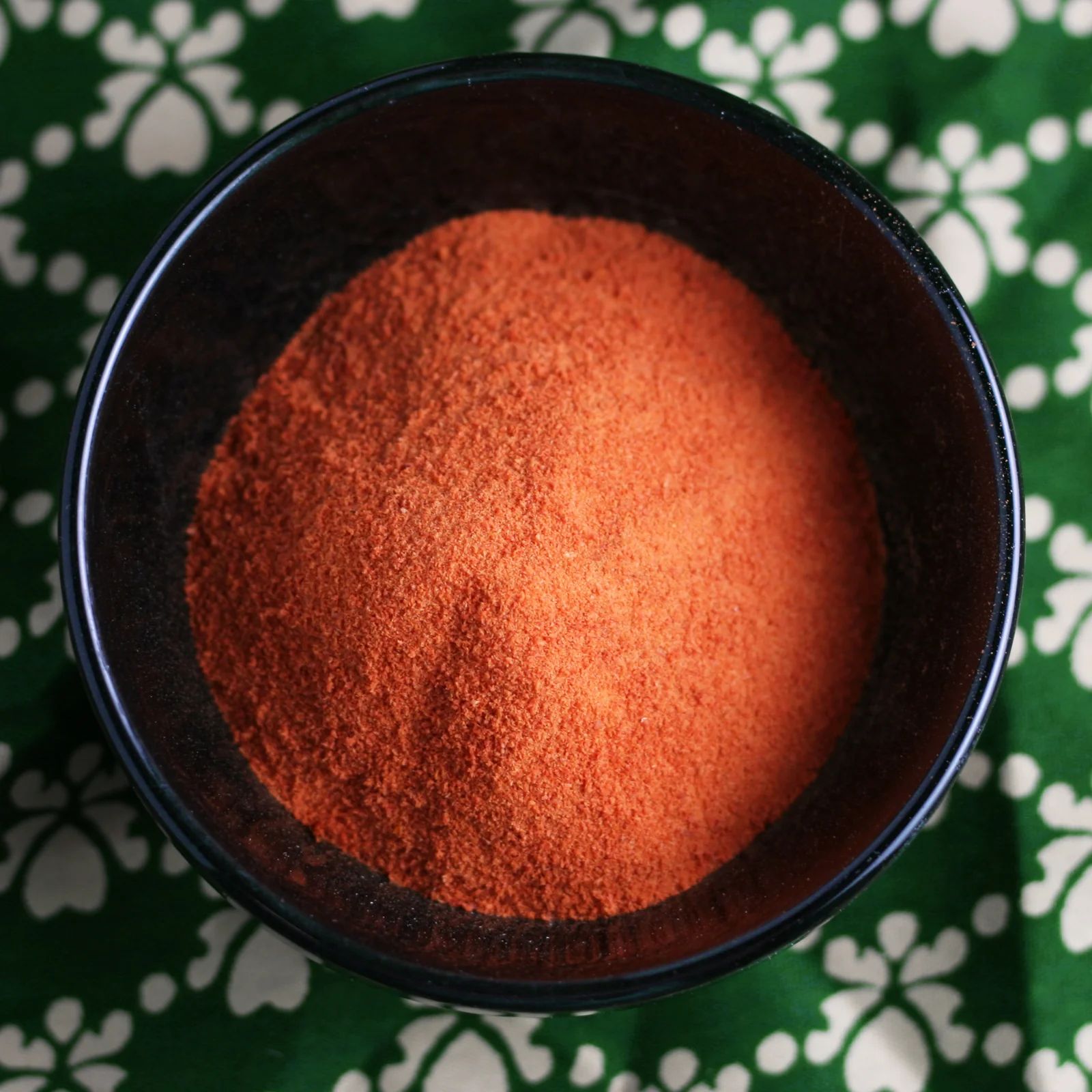
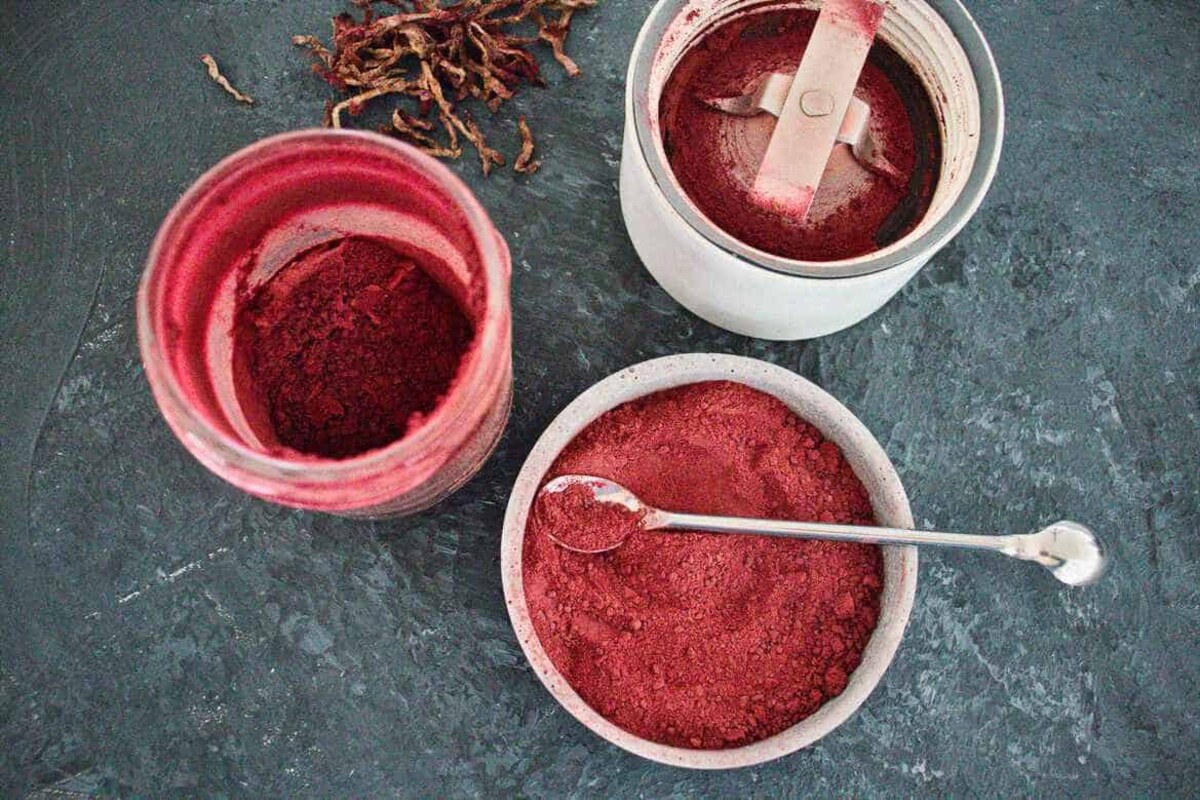
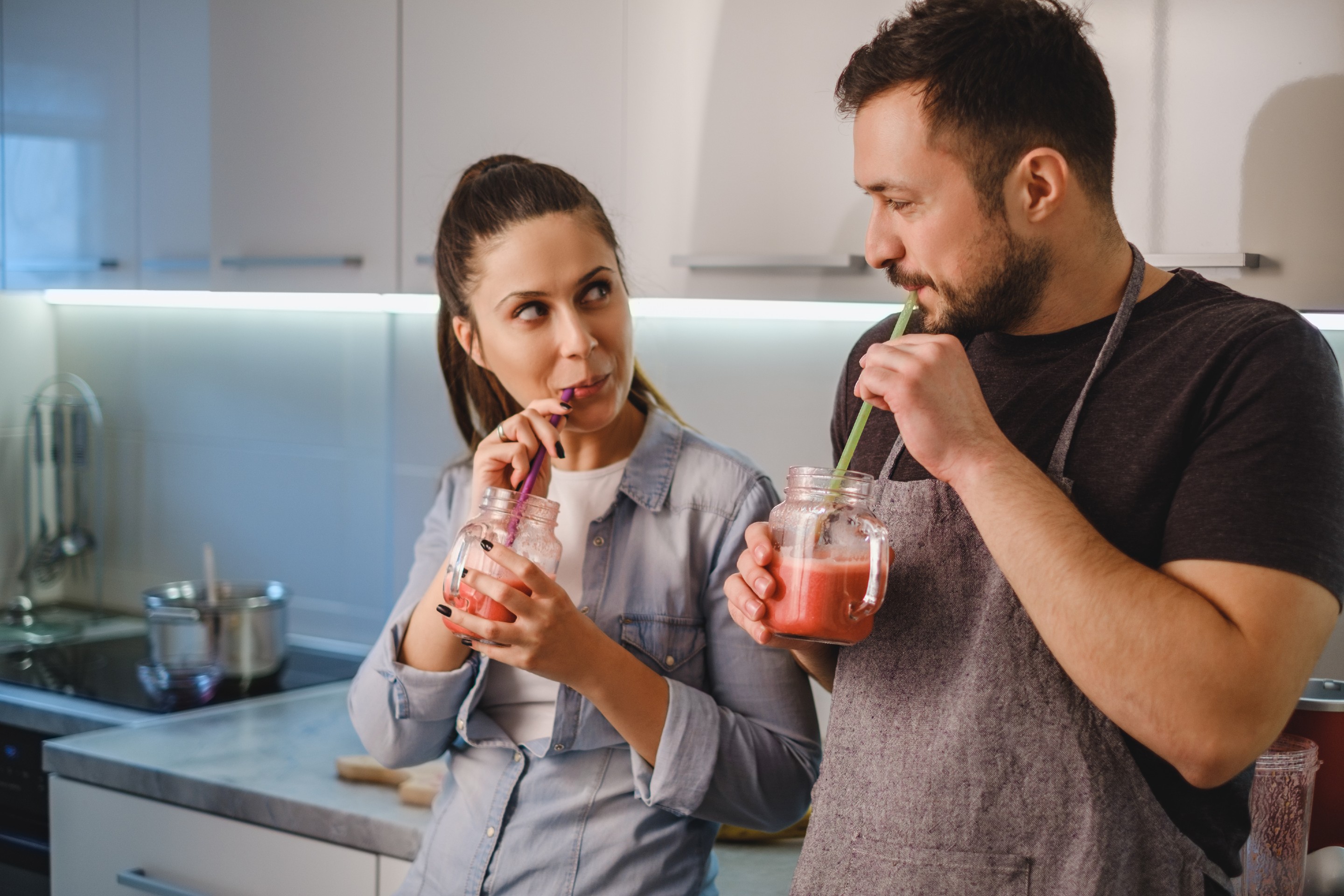
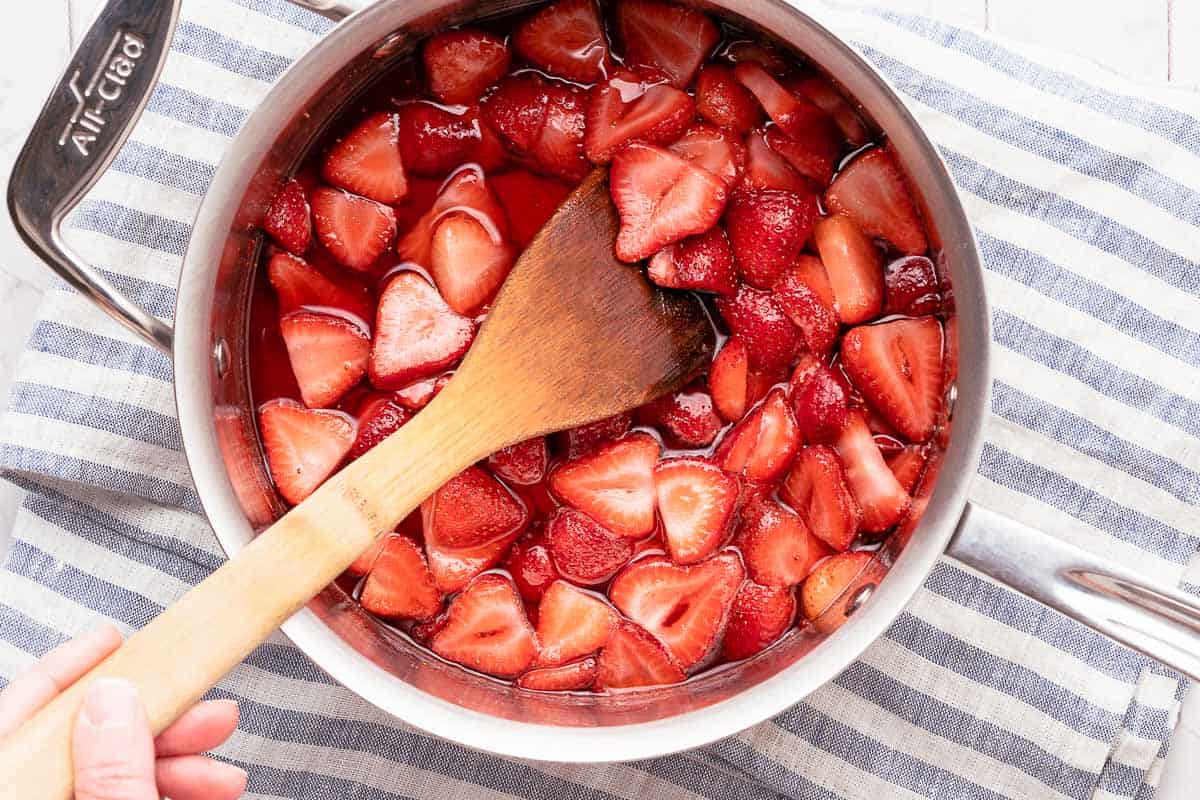
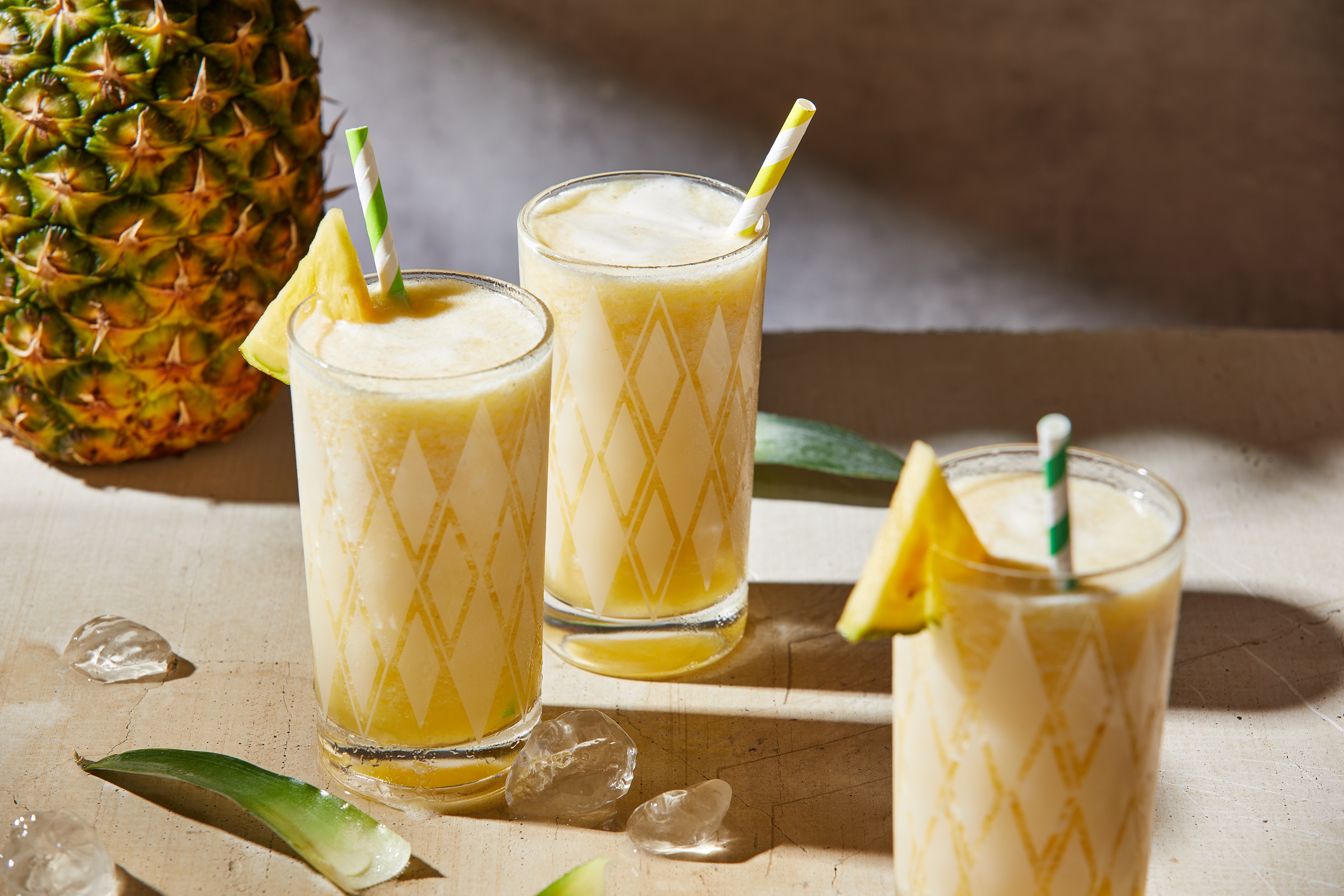
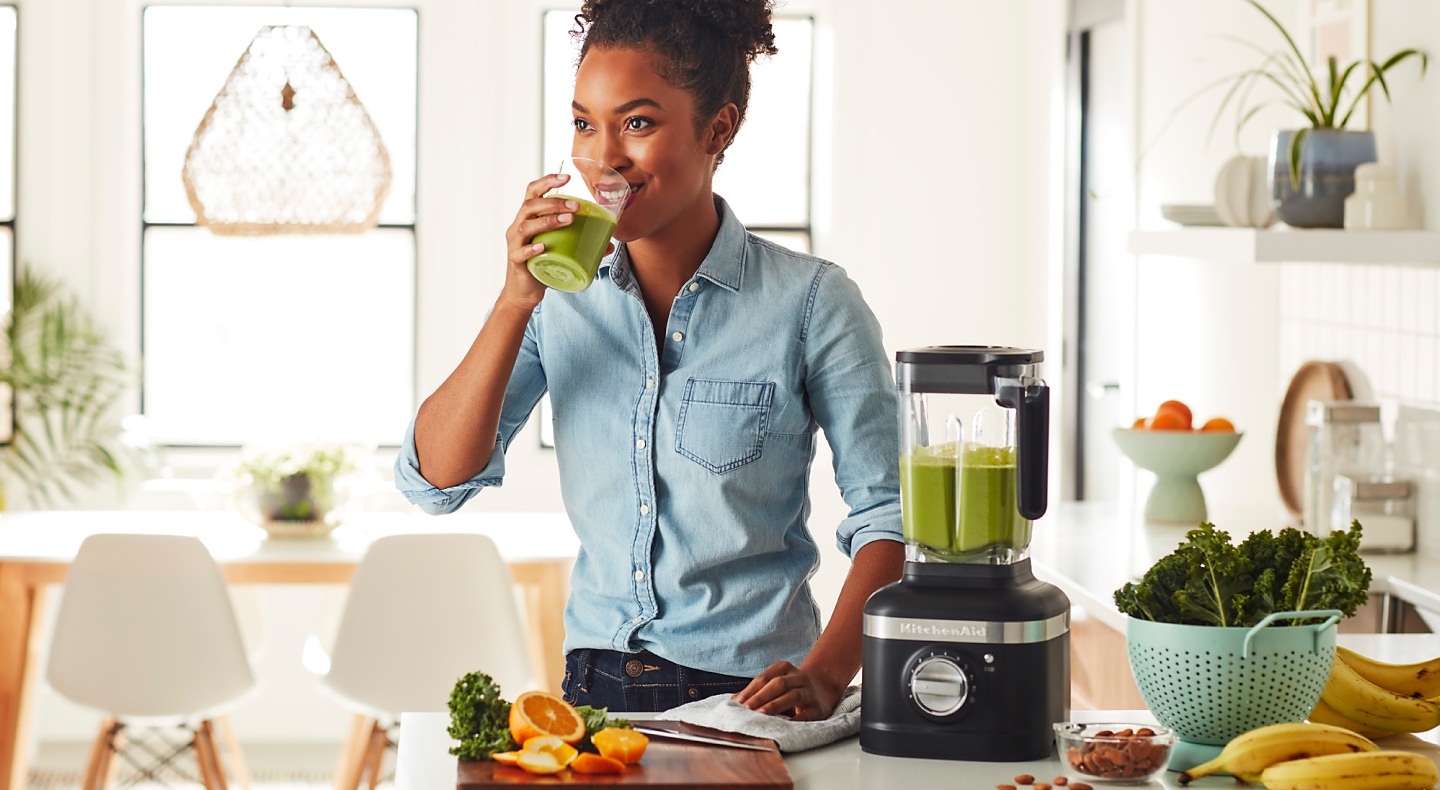
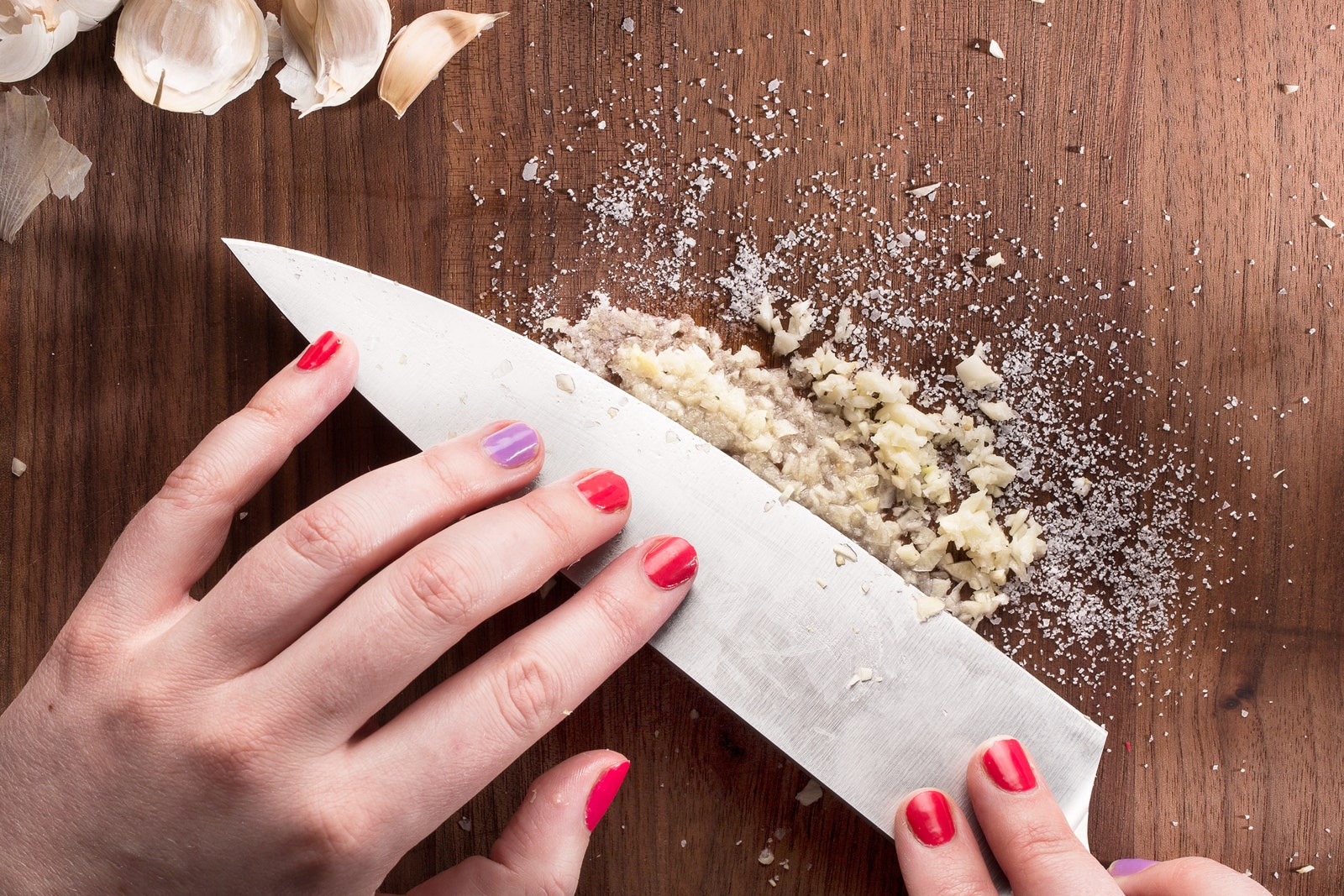
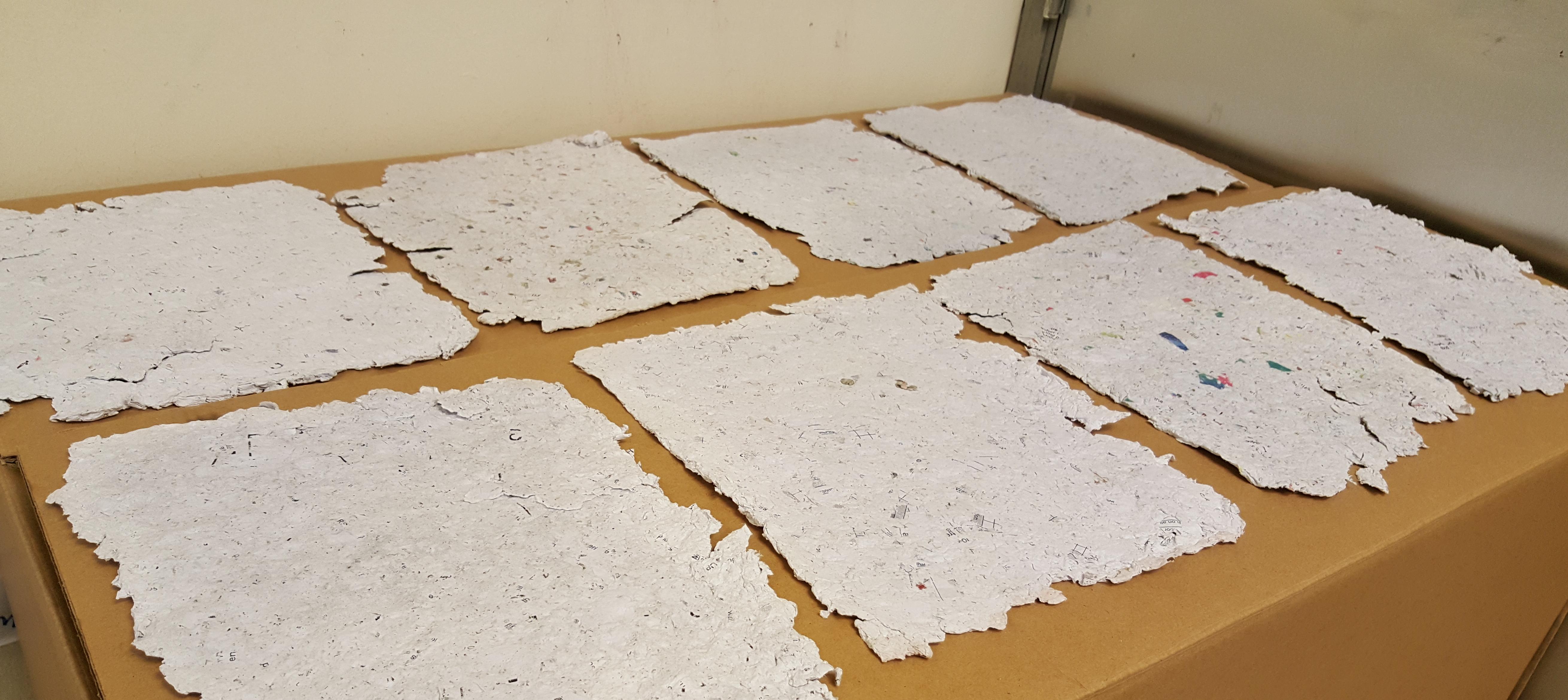
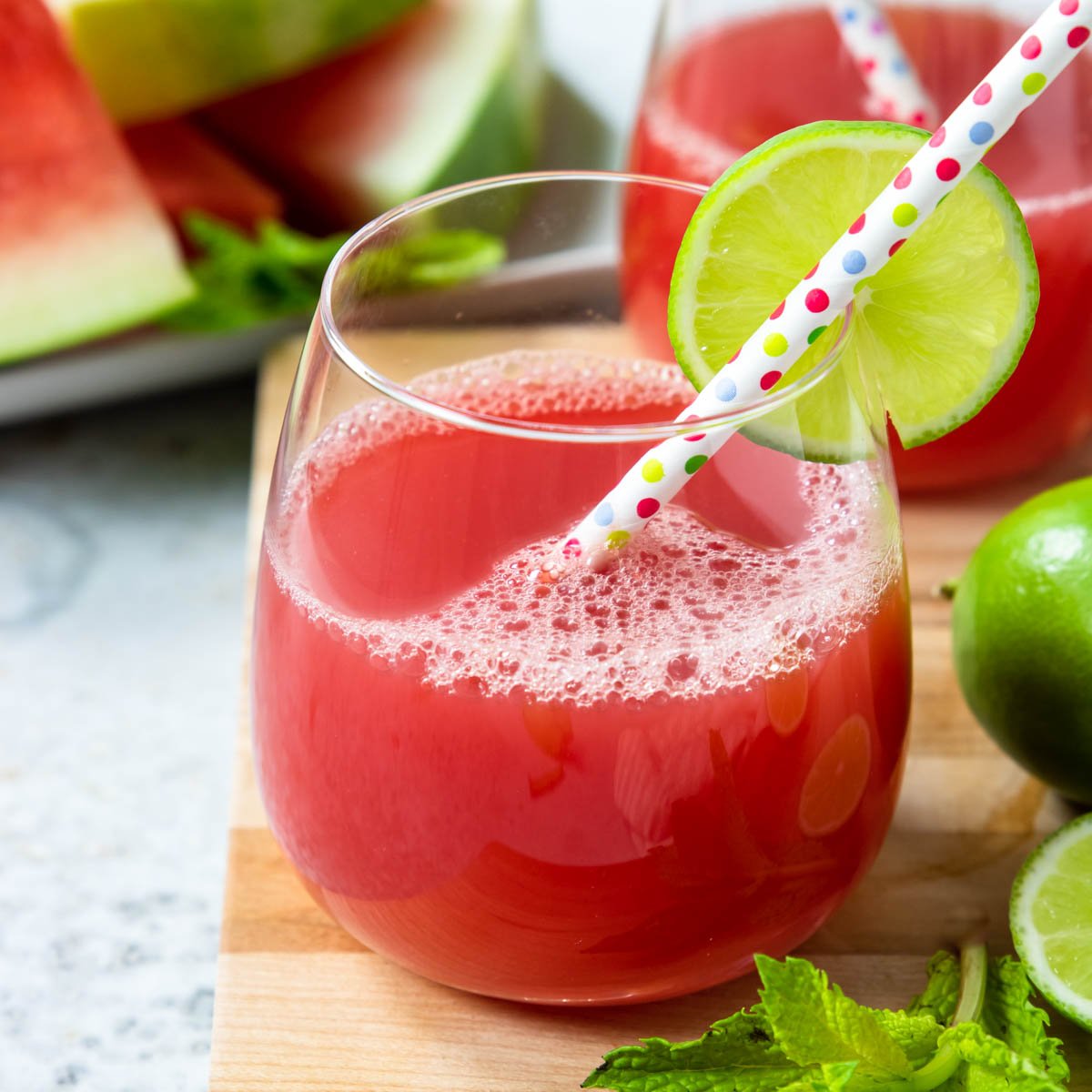
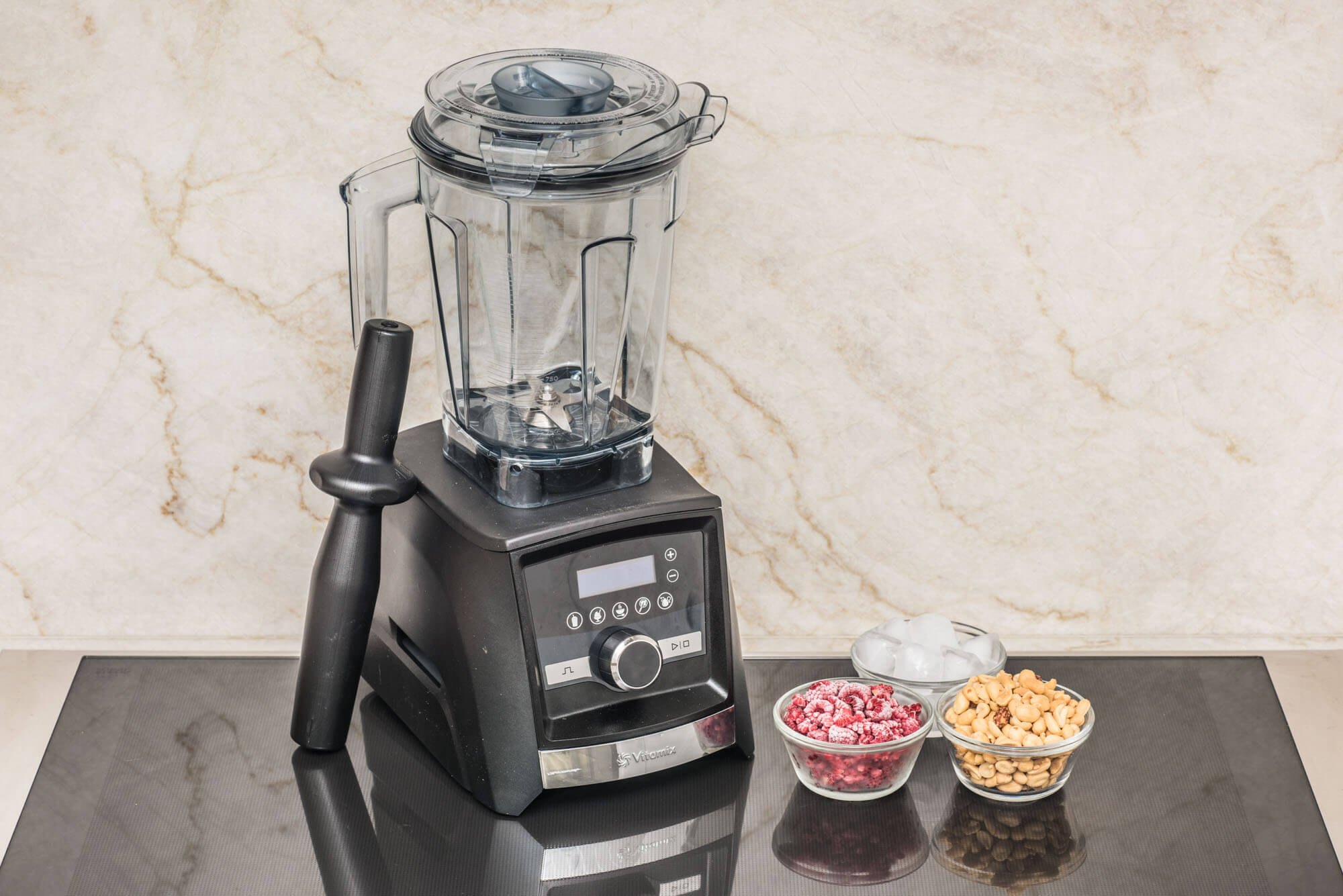
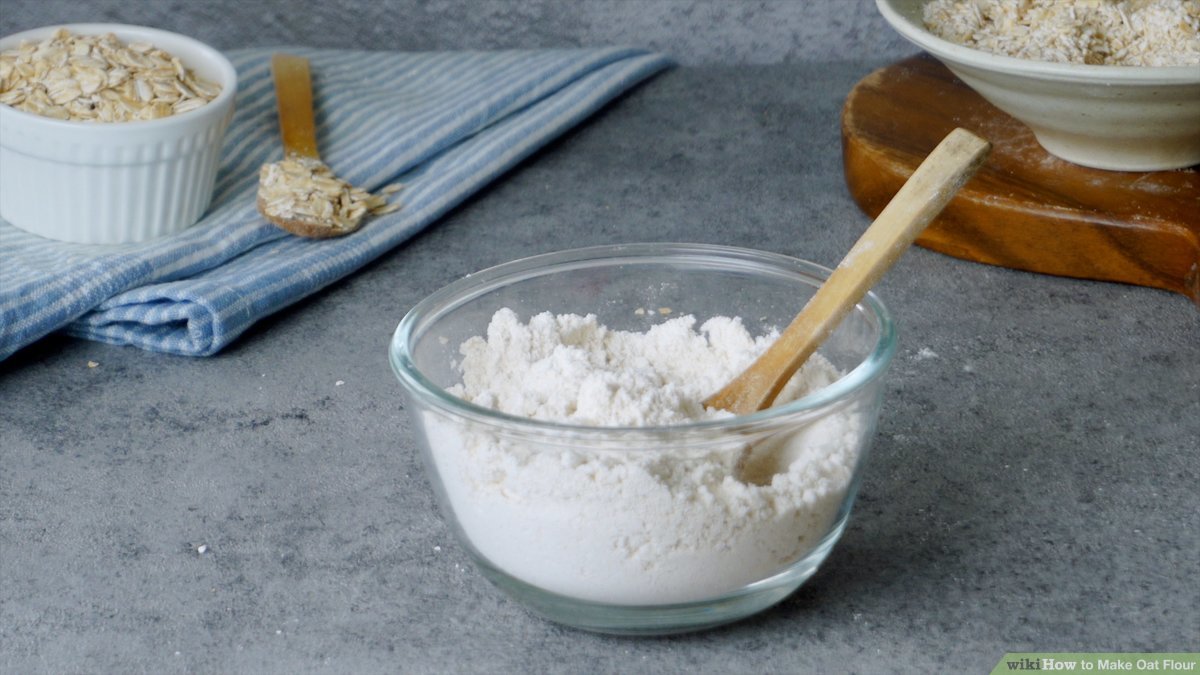
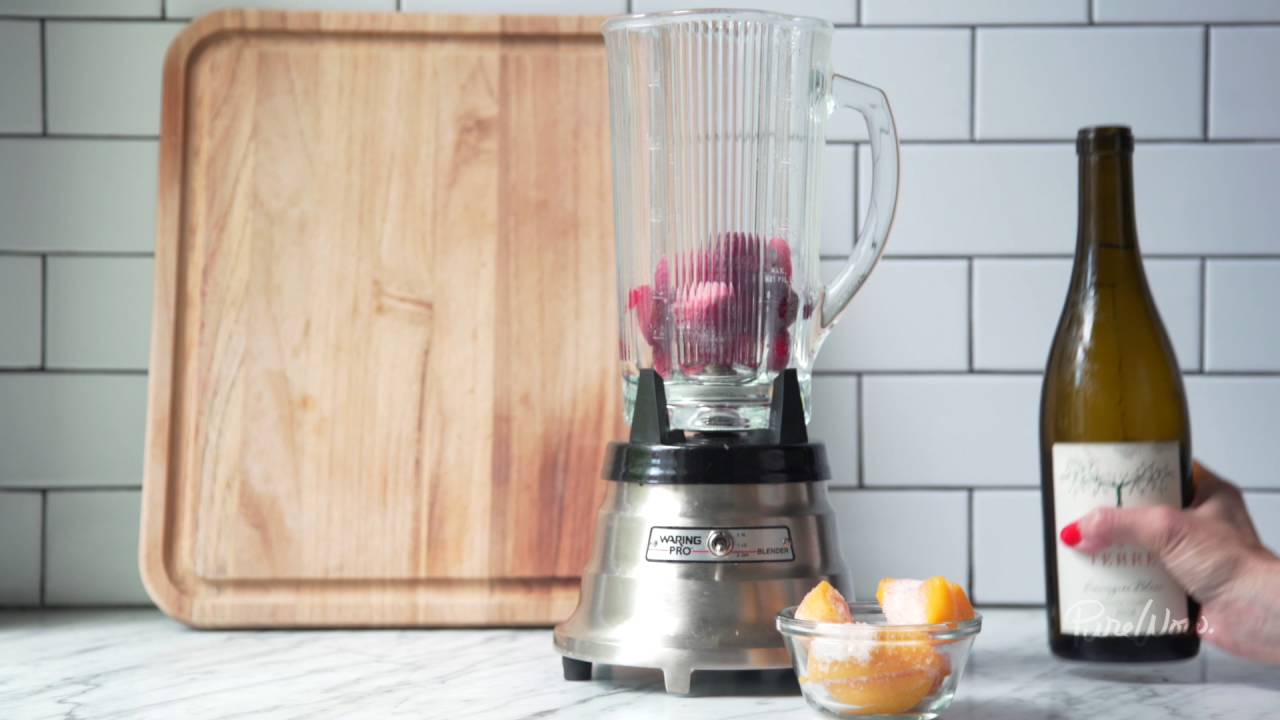
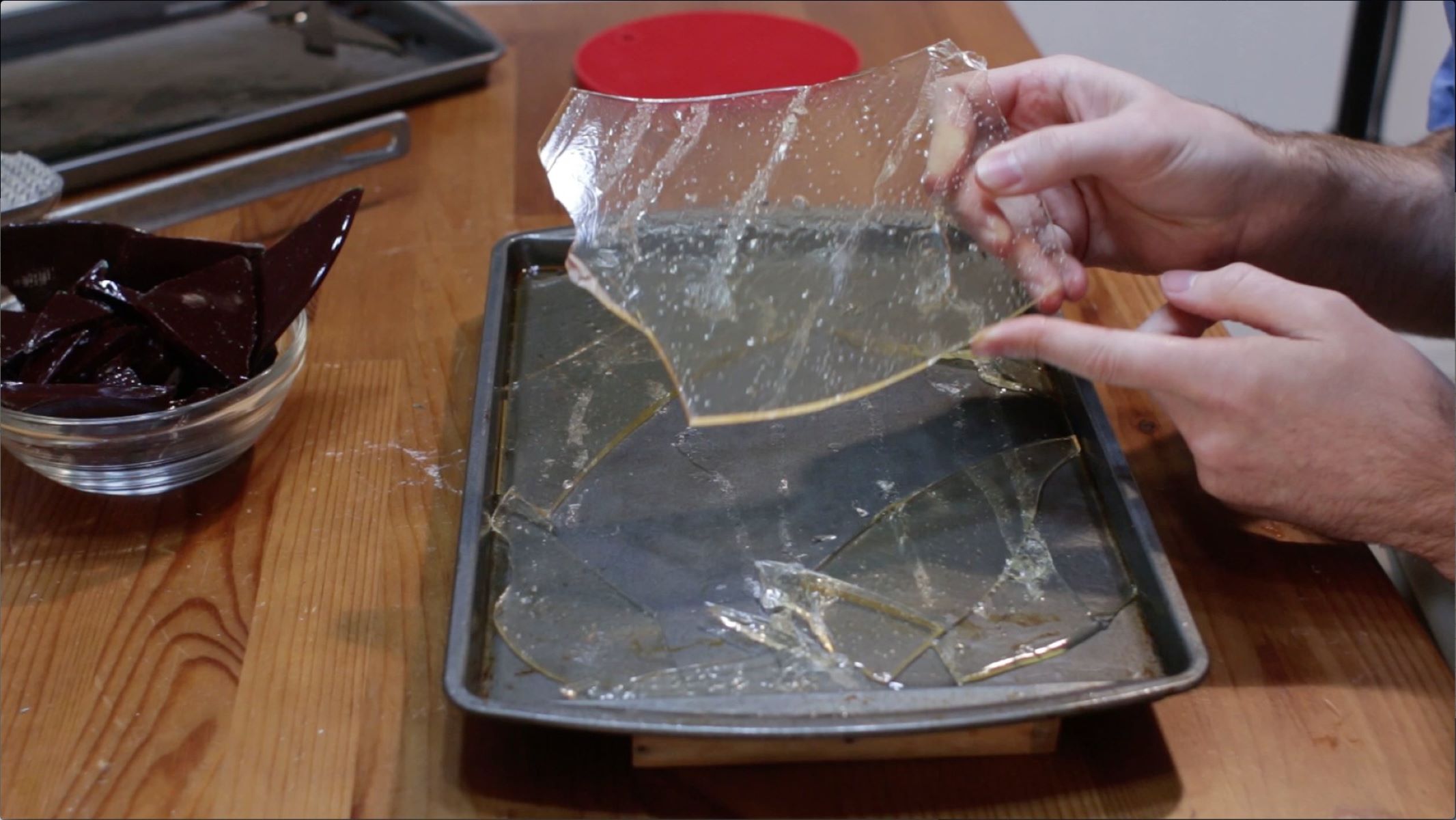

0 thoughts on “How To Make Powdered Sugar Without Blender”